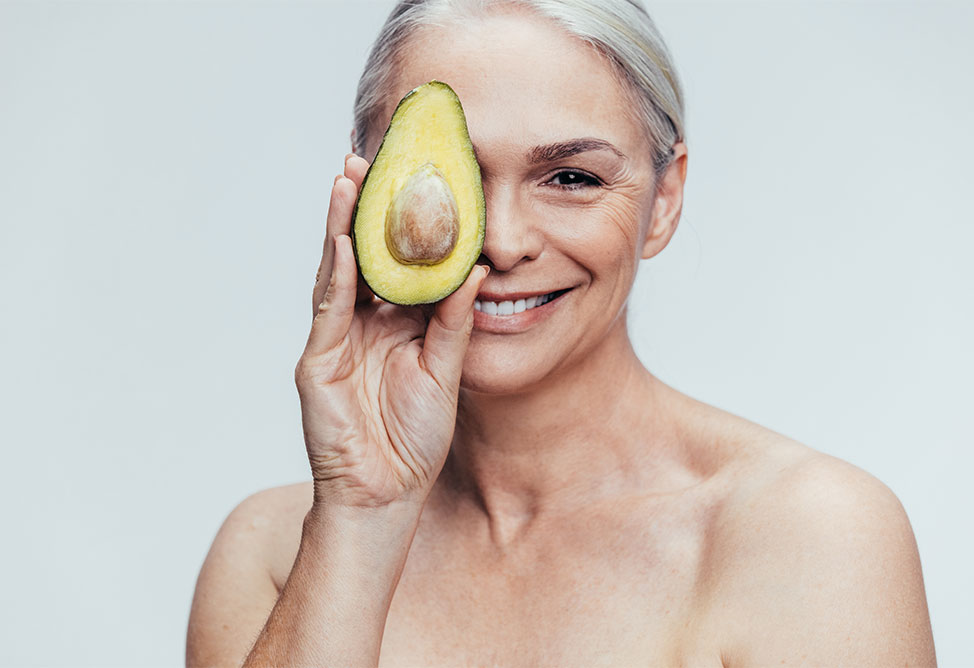The link between good nutrition and overall health is too important to ignore. When we look closely at healthy aging, we can see how critical it is to maintain good nutrition in order to maintain a healthy weight, reduce risk of chronic conditions and maintain overall health, not only physically but mentally as well.
Between 2000 and 2030, the number of adults worldwide aged 65 years and older is projected to more than double from approximately 420 million to 973 million (1). In the past century, the leading causes of death have shifted from infectious diseases to chronic diseases such as cardiovascular disease and cancer, which may be influenced by diet (2). This has drawn more attention to the effect of diet on mortality. As the older adult population increases, so does the need to identify how dietary choices affect quality of life and survival (3).
Consuming a wide variety of foods is considered the best way to ensure balance of nutrients when healthful food components, including fresh fruits and vegetables, whole grains, legumes, nuts and lean proteins, are predominant in the diet. Without good balanced nutrition, the body might not work properly. Organs and tissues rely on the nutrients consumed in order to perform all the functions needed to maintain overall health.
Without these nutrients, the body is more prone to disease, infection, fatigue and even unstable mental health. The association between emotional well-being and nutritional status has been well documented (4,5) and it is widely known that not only is poor physical health associated with diminished emotional well-being, it is also related to poor nutritional status among older adults (6).
In conclusion, it is imperative to ensure that older adults consume the right amount of nutrients needed to sustain healthy aging and overall good health. Good nutritional status in older adults benefits both the individual and society: health is improved, dependence is decreased, time required to recuperate from illness is reduced, and utilization of health care resources is contained (7,8).
Written By Lina Marquez, RDN, LDN
1. Centers for Disease Control and Prevention. Public health and aging: Trends in aging—United States and worldwide. JAMA. 2003;289: 1371-1373
2. Gorina Y, Hoyert D, Lentzner H, Goulding M. Trends in causes of death among older persons in the United States. Aging Trends. 2005; 6:1-12.
3. Dietary Patterns and Survival of Older Adults
4. Anderson, Amy L. et al. Journal of the Academy of Nutrition and Dietetics, Volume 111, Issue 1, 84 – 91
5. Eskelinen K, Hartikainen S, Nykanen I. Is loneliness associated with malnutrition in older people? Int J Gerontol. 2016;10(1);43-45.
6. Fratiglioni L, Wang HX, Ericsson K, Maytan M, Winblad B. Influence of social network on occurrence of dementia: A community-based longitudinal study. Lancet. 2000;355(9212):1315-1319.
7. German L, Feldblum I, Bilenko N, Castel H, Harman-Boehm I, Shahar DR. Depressive symptoms and risk for malnutrition among hospitalized elderly people. J Nut Health Aging. 2008;12(5):313-318
8. Position of the American Dietetic Association: cost-effectiveness of medical nutrition therapy. J Am Diet Assoc. 1995;95:88-91Gallagher-Allred CR, Voss AC, Finn SC, McCamish MA. Malnutrition and clinical outcomes: the case for medical nutrition therapy. J Am Diet Assoc. 1996;96:361-369.

